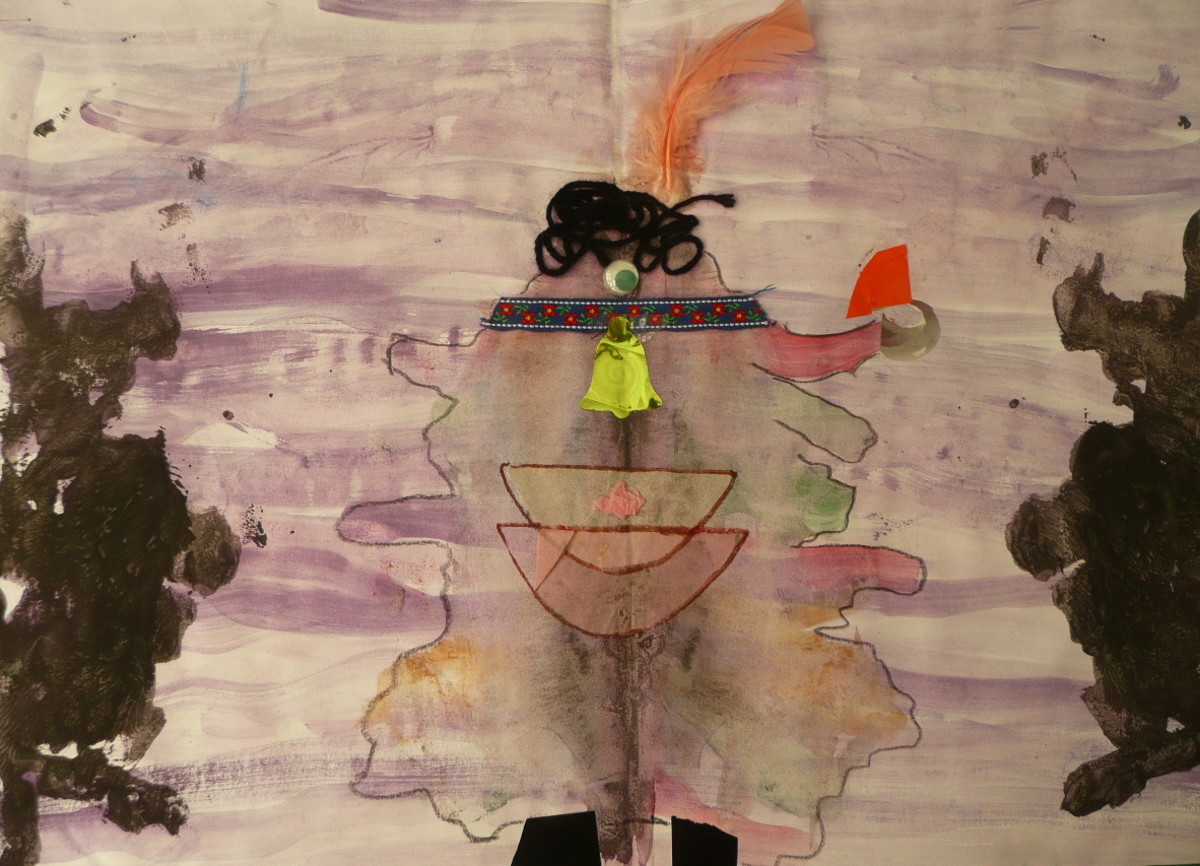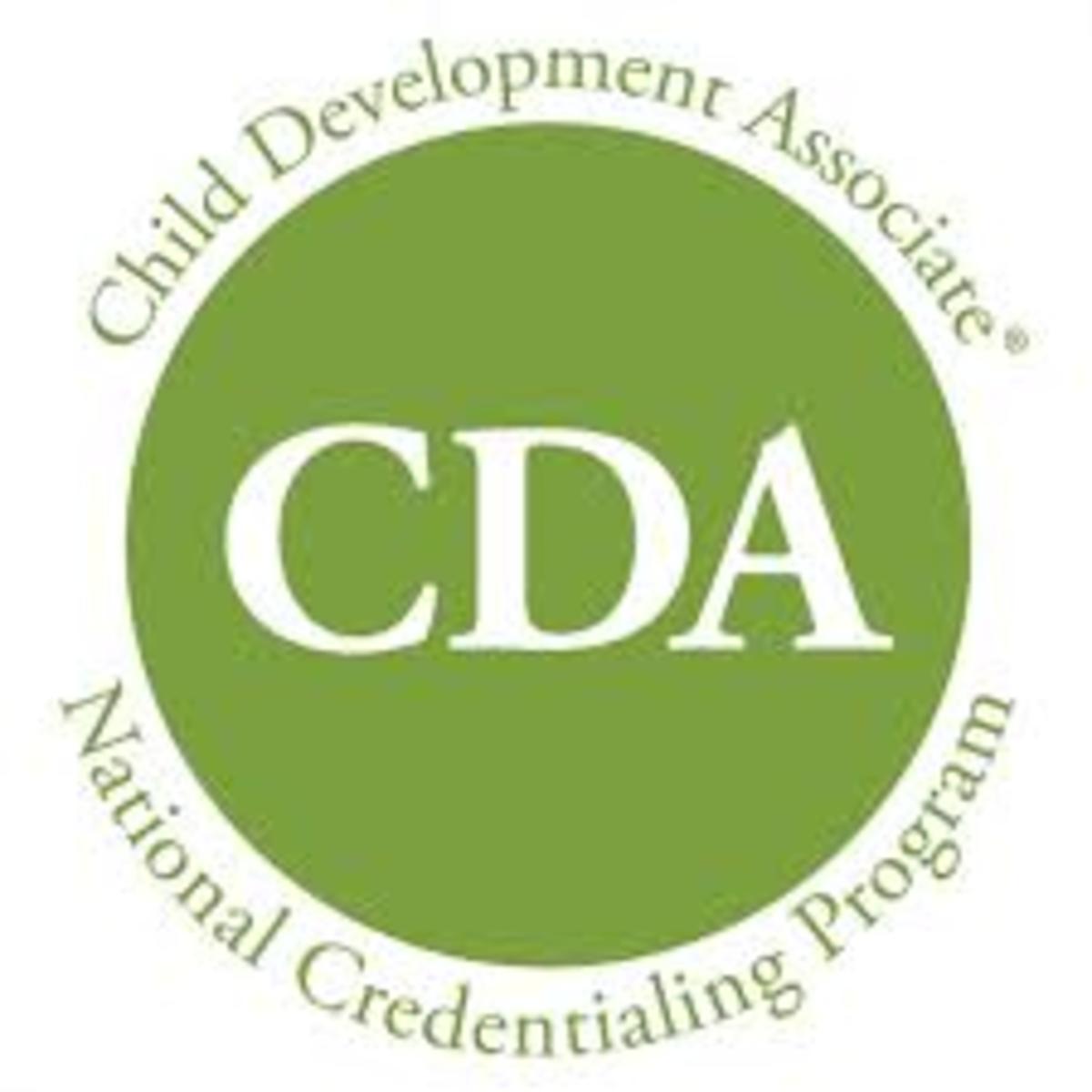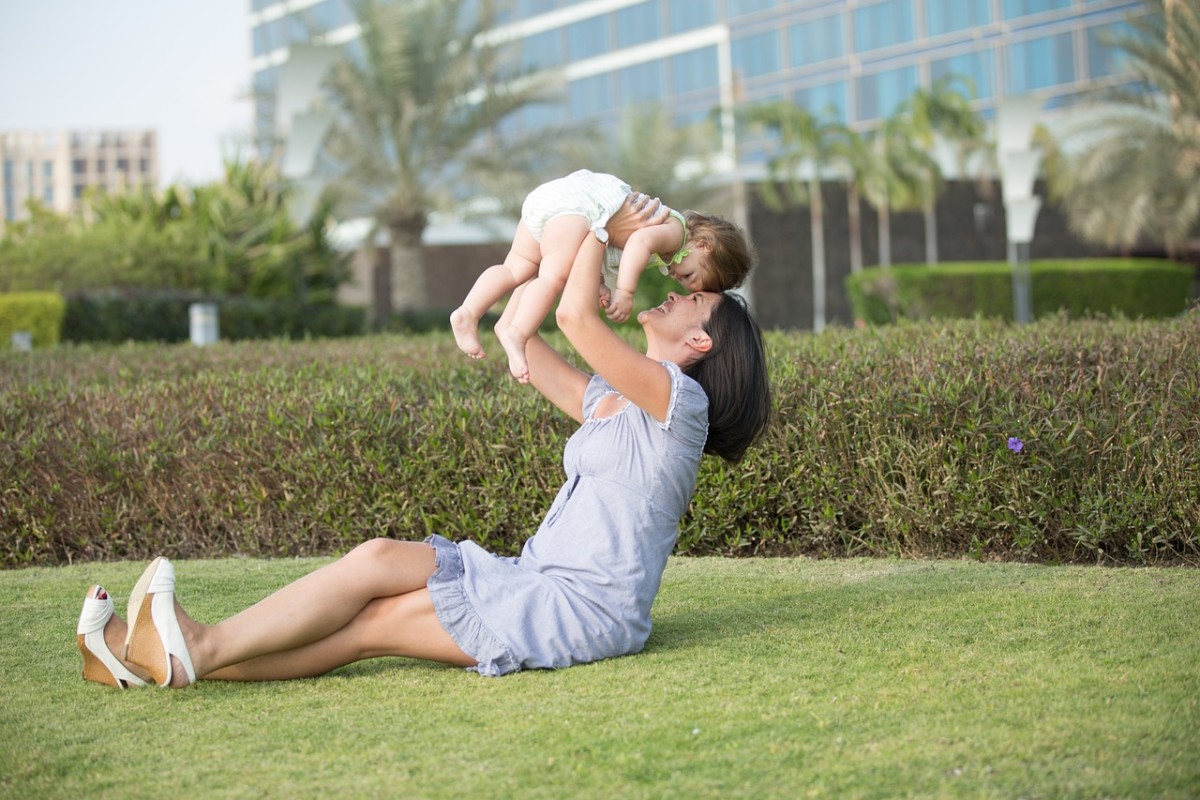- HubPages»
- Family and Parenting»
- Kids»
- Children's Growth & Development
10 Ways to Encourage Creativity in Children
What does it mean to be open-ended?
I use the term "open-ended" in this article when referring to several projects and ideas. Basically, it means that the activity has no limits on where it can go. The child can take the project to whatever "end" they can imagine, and there is no final goal defined in advance.You provide the materials and, essentially, what process they should use (such as gluing, painting, etc.) and leave the rest up to them.
Have fun!
Encouraging Creativity
"Creativity is contagious-- pass it on." -Albert Einstein
Parents are one of the most influential people in a child's life when it comes to inspiring and encouraging a child's creativity. As a general rule, children are usually pretty inventive as it is, but, throughout their childhood, they slowly lose that sense of adventure and curiosity.
Helping to develop a child's imagination has the obvious benefits, such as enabling him or her to cope with challenges he or she will face in all school subjects. It also has some surprising perks:
- By participating in the activities, you form a closer bond with your child
- Enables children to find relief from boredom much more easily
- Promotes self-esteem and self-efficacy
- Can help increase IQ scores
- Can provide a healthy outlet for pent-up feelings
Here are some excellent ways to help your child grow and improve their creativity skills.
#1: Painting or Drawing
This can be a wonderful way to learn how your child see the world around them. They can show you the creatures that live under their bed, or they can display their classroom and friends.
It is important to try to avoid things like coloring books or pre-made images. You want the activity to be as open-ended as possible so that you don't put limits on the creative process.
Pro-tip: Let your kids use something besides a paint brush. For example, during the fall, use a dried corn cob to create texture, or use feathers to create a fun effect.
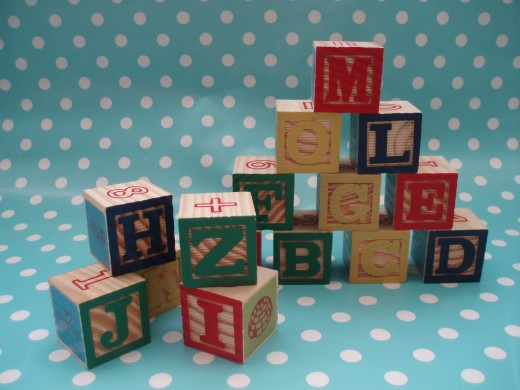
#2: Building Blocks
This is a great way to engage in an activity with your child. Don't be afraid to get down on the floor and be silly.
Some activities you can try include:
- build a tower or city (then knock it down!)
- practice counting
- group blocks by size, then by color, etc.
- include other toys in the game (for example, build a garage for toy cars)
- teach them how to spell their name or other words with letter blocks
- add velcro to the blocks to make more complex buildings
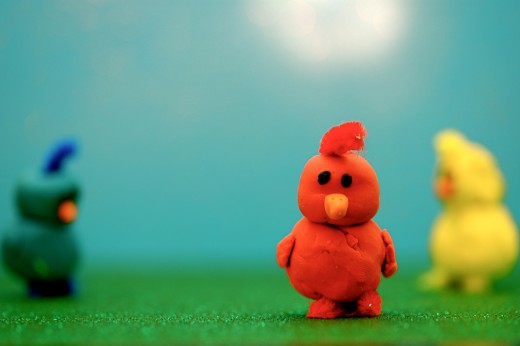
How often to you participate in creative activities with your child?
#3: Clay
This activity can get a little messy, but, in my opinion, all of the best moms have messy houses sometimes. It's all a part of the creative process.
Clay gives children a different medium than they are used to working with, and it allows them to create fun projects in three dimensions. While you are molding, try asking your child these questions to inspire creativtiy:
- What are you planning to make?
- If it is an animal or person: What is it like to do? What does it eat? Does it have a family?
- If it is a thing: What is it used for?
Keep the conversation running while you work. This shows your child that you are interested in what they think and what they like. And don't be afraid to get silly. If your kid starts making a pink panda bear that only eats cake, roll with it! The sillier, the better!
Pro-tip: Create settings for the creations using old shoe boxes and construction paper.
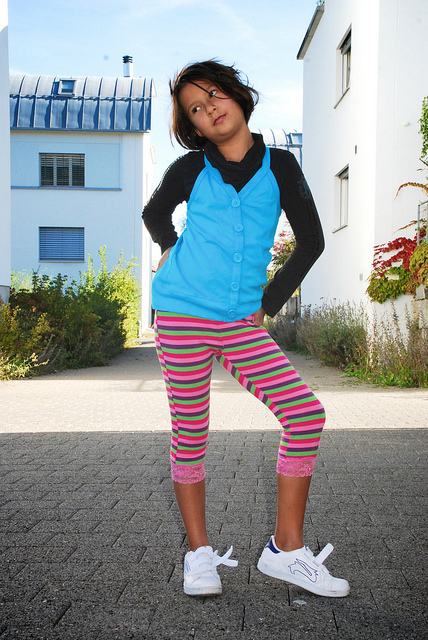
#4: Getting Dressed for the Day
Getting ready for the day can be a boring, or even stressful, task. However, you can turn this daily chore into a fun activity to be enjoyed!
- Give them choices! Even at the age of 2, a child already has many likes and dislikes, and they know how to tell you. You don't have to necessarily let them go crazy in their closets. Simply holding up two shirts for them to choose from lets them know that they have some control over their lives.
- Have a themed day on the weekends! Instead of nagging at them because they are trying to spend the whole day in pajamas, give them a challenge. For example, tell them to dress for a cheerful day, or dress in a way that makes you feel excited. Then leave the interpretation to them. Be careful, though. Avoid phrases such as "are you sure you want to wear that?" That can make them feel doubt or awkwardness.
Pro-tip: If you are staying in for the day, allow your child to choose an outfit for you out of your closet that represents the theme.
#5: Instruments
Many parents find the idea of buying loud instruments insane. One way to keep your sanity, though, is to keep them stored away for special occasions. You can even make your own instruments by filling cups or tubes with sand or beads to make shakers. Your pots and pans with a few big spoons make an excellent set of drums as well.
Pro-Tip: Make a game of coming up with lyrics for the music you create!
Making Your Own Instruments
#7: Puzzles
Jigsaw puzzles come in all shapes, sizes, and difficulty levels. It is usually best to allow children to work on these on their own, but be a part of the conversation. Let them develop their own strategy, but maybe offer a hint (such as the straight edges go around the outside).
#6: Balls
Balls are one of the most versatile toys on the market, and kids will always love them. There are millions of different ways to play and create games that incorporate tossing, rolling, kicking, bouncing, and sitting on these amazing toys. Have your child invent a game or goal for you both to play.
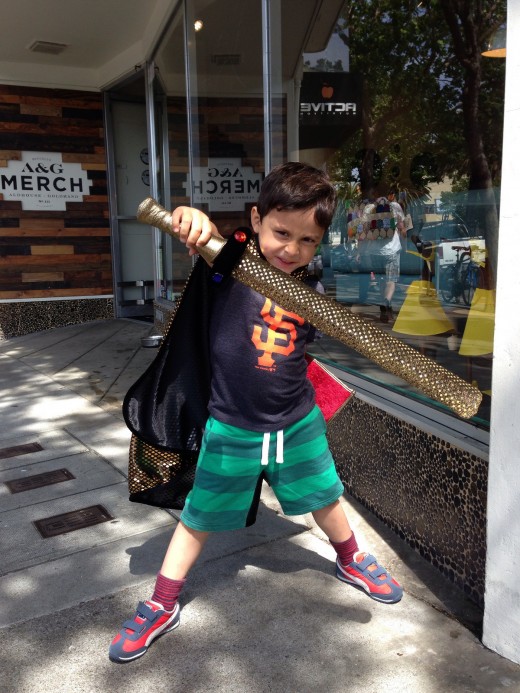
#8: Costumes
When many adults think of dress-up, they imagine young girls putting on extravagant dresses to have a tea party. However, this is myth! Boys and girls enjoy putting on different outfits and pretending to go on an adventure. And they don't need fancy costumes. Simply allowing them access to your closet can spark the imagination
Benefits of playing dress-up:
- allows children to explore roles in society they are interested in
- encourages taking turns and social interaction
- provides practice for appropriate behavior in given situations
- encourages problem-solving
- allows them to work through feelings about frustrating or confusing situations
- gives you a window into how they see the world
#9: Pretend Food
Food is a part of everyday life, so it can become monotonous. Fake food allows children to experiment and explore the concepts of eating and food preparation.
- Try to avoid fake desserts. They may be prettier than the fake vegetables, but they may encourage unhealthy eating habits.
- Eat what they make! If a child comes to you with a strange concoction of plastic food, pretend to eat it! Talk about how yummy it is, and praise them for their creativity.
- You don't even need the toys. You can simply have imaginary food that is completely invisible. This practice is extremely open-ended because they can choose from any food or substance they can think of!
- Let them use some things from the kitchen. Obviously knives and sharp tools are out of the question. Let them use a mixing bowl and a large spoon. Or even suggest that they need to wash their dishes! It can make the activity much more fun if they are allowed access to things they normally are not.
Pro-tip: Let them use real food once in awhile. Bake cookies together, or have them do simple tasks to help with dinner, such as stirring or sorting.
#10: Figurines
Products such as Polly Pocket, Playmobil figures, and The Little People all have many products featuring people, fictional and realistic, for children to help explore and expand their creativity. These are a little less open-ended because the setting and characters are usually provided. However, these toys can allow your child to create story lines, and it gives your child a sense of control. They live in a world where they really don't have control over anyone besides themselves, so this can be a healthy outlet for those frustrations. Be wary of age limits on the products, though. Some toys may be too small for young children, which would be a choking hazard.
© 2013 Stephanie Constantino



